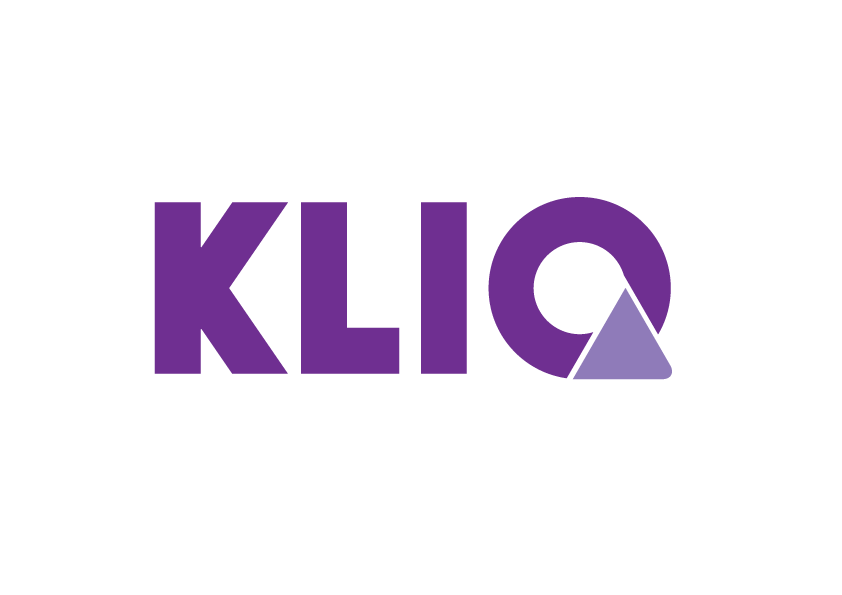What is communication?
Communication is a mechanism that can be divided into various factors.
- The sender encodes their information in a message that arrives at the recipient through a certain medium.
- Feedback takes place when the sender checks whether the receiver has received the message correctly.
- Noise interferes with the communication line and may cause the message to be sent or received incorrectly.

Exercise: case study
Read the case study below and then complete the communication scheme.
Suzanne is an employee at Org.X and a wheelchair user. Her colleague Matt is very helpful and always wants to keep the door open for her or carry her things around. In doing so, he will say: “Now you can get on with things!”, as a joke.
Matts message can be received by Suzanne in various ways. We explain 2 possible options.
Matt (sender) wants her to feel welcome in the organisation and perform well in the organisation without losing enregy to daily challenges due to her disability (message). He expresses this through behavior such as keeping the door open or carrying things (medium).
- Suzanne (recipient) therefor receives the message that Matt is attentive to her disability and is always prepared to offer help.
There is noise in the communication. The feedback and response here could be in the form of a friendly smile and a “thank you”. - Suzanne (recipient) therefor receives the message that Matt believes her abilities to be low.
There is noise in the communication Suzanne considers Matts behaviour to be rather haughty. Feedback from Suzanne could be as followed: “You don’t always have to help me, I’m still able to do things for myself.”. In the feedback, Matt could emphasise that he simply wants to be supportive and that he clearly sees her as a fully capable colleague. Suzanne could then indicate where she can use Matts help.
It can be interesting to uncover the internal lines of communication regarding diversity and inclusion in your organisation. We provide a suggested question that you can ask your colleagues within your organisation.
How do you see/experience diversity and inclusion – if any – in the organisation?
Try to ask this question to a heterogeneous group of more or less 10 colleagues, then do the same with a varied group. The outcome will be different.
Case study: good practice
The University of Utrecht communicates its values and actions on diversity and inclusion with a recorded video with subtitles. The speaker is the dean of diversity and inclusion, so that employees and students know immediately who the contact person is.
